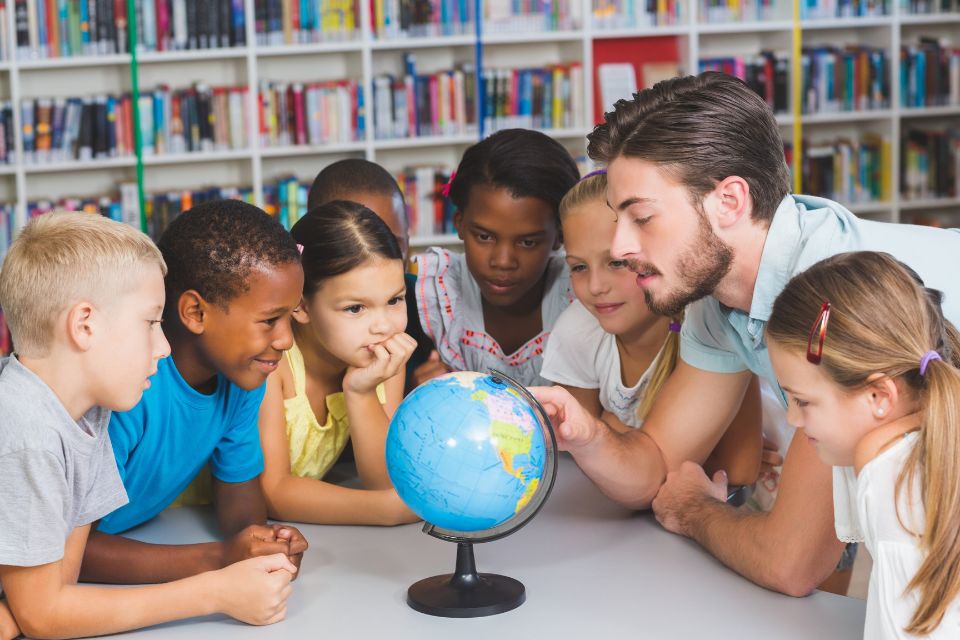Learning a new language requires specific techniques and methods for children to achieve proficiency and improve their skills quickly. There are principles of learning a language that will make it easier to understand and relate to, especially when lessons provide more context rather than focusing on memorization.
The five Cs in language learning for kids in school will simplify the process and help teachers make lesson plans with motivation, information, and the right techniques. Learning a new language like Spanish opens many doors kids can use to reach their goals.
Communication
Written and oral communication are the main channels with which to share information and interact with other people. In this area, the focus centers on conveying messages between students and teachers to understand, interpret, and analyze information. At a middle school level, students should use simple ideas to explain and narrate various topics.
Culture
Learning a new language means learning about the culture surrounding it to understand the meaning behind words and their correct usage. Critical thinking is one of the main skills in this area because it helps students understand the different characteristics of other countries. Using interactive, digital, and visual representations will help students learn about culture and traditions.
Connections
Language and communication skills allow people to connect with others. Connections are important to expanding knowledge and obtaining better opportunities in the future. Learning a language can help a child’s development and will give them a more accurate and wider perspective of the world.
Comparisons
Learning about the differences between cultures and languages will bolster the language-learning process. Growing up in a specific environment can limit the capacity to understand differences, which can damage a child’s relationships with others. Investigating, learning, and positively comparing characteristics will set clear boundaries for better improvement.
Communities
Different languages create communities where people can relate to each other and better understand their environment. Language learning for kids must include interactions with others because that is the main purpose of studying a language like Spanish. A strong community will expand the learning process beyond the classroom, which will improve language comprehension and retention.

